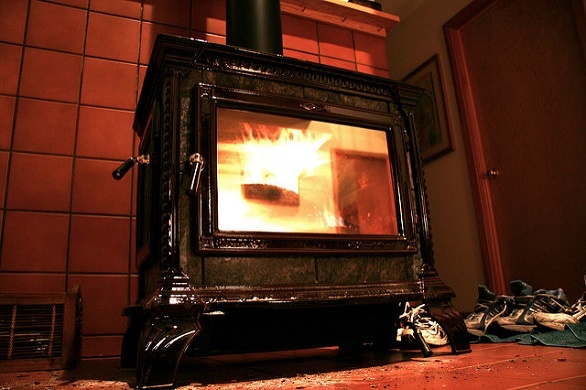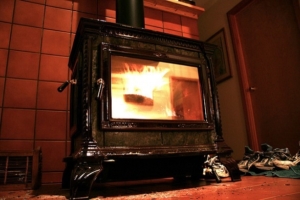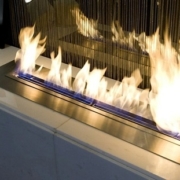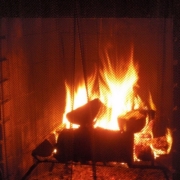Wood Stoves in North America
Wood Stoves in North America
Like a fireplace, a popular home or building heating system is a wood stove. Many people buy wood scraps from pallet yards to burn in these units. Like a traditional fireplace, using a wood stove to heat a home or office building has been a time honored tradition for decades. However, older wood stove units are being phased out across North America because governments have determined that their designs emit an unsafe amount of particulates into the air, causing air pollution.
Traditionally, wood stoves have been used as a space heater inside a home or building. Like a fireplace, their systems don’t include ducts that push the warm air throughout the house. In fact, a chimney isn’t always required, as in some cases the smoke can be redirected through a hole in the wall. Wood logs, or cordwood, are burned inside the enclosed stove and the heat generated is usually enough to heat the main room of a home or building. However, according to the Wood Heat Organization, because more buildings have been modified to conserve energy, it’s possible to heat an entire home with a wood stove if it’s placed in the right location.
United States Regulations
Older models of wood stoves were susceptible of releasing excessive pollutants into the air and leaking smoke into living area, causing health concerns for people around the world. The American Lung Association has advocated for wood-burning stoves to be redesigned to limit harmful emissions and in the United State, the Environmental Protection Agency (EPA) responded. As of 2015, wood stove manufacturers are required to redesign wood stoves so they reduce harmful emissions by 70 percent over the next five years. Local governments, however, may still enforce stricter standards.
Canadian Regulations
The government of Montreal in Canada has taken that approach. In Montreal, residents were required to register their wood stoves and wood burning fireplaces and as of October 1, 2018, they’ll be required to replace them with equipment that meets higher emissions standards of 2.5 grams of particulate released to the atmosphere per hour. Residents can either replace their wood stoves or modify them so they meet these standards. If residents refuse to comply, they will be subject to fines.
In Ontario, Canada it’s estimated that more than 500,000 homeowners use wood stoves to heat their homes. Ontario is expected to offer financial incentives to residents to replace older models of wood stoves with more efficient models that will release fewer pollutants into the air. Another anticipated benefit is that never stove models would burn less wood to conserve the valuable resource.
Although the older models released an unsafe amount of particulates into the air, newer models have been redesigned for cleaner emissions, allowing wood to be used as a clean, renewable heating resource. Depending on your location, your local government may offer a credit or other incentive to update or replace your wood stove.
Resources
- Wood Stoves: The Most Popular Wood Heating Option
- How EPA Certified Stoves Work
- Wood-burning Stoves could be harmful to your health
- Wood stove replacement program benefits environment, industry says
- Understanding the Residential Wood Heater Rules
- The quest for cleaner fire: Why it’s time to rethink our favourite way to get warm









